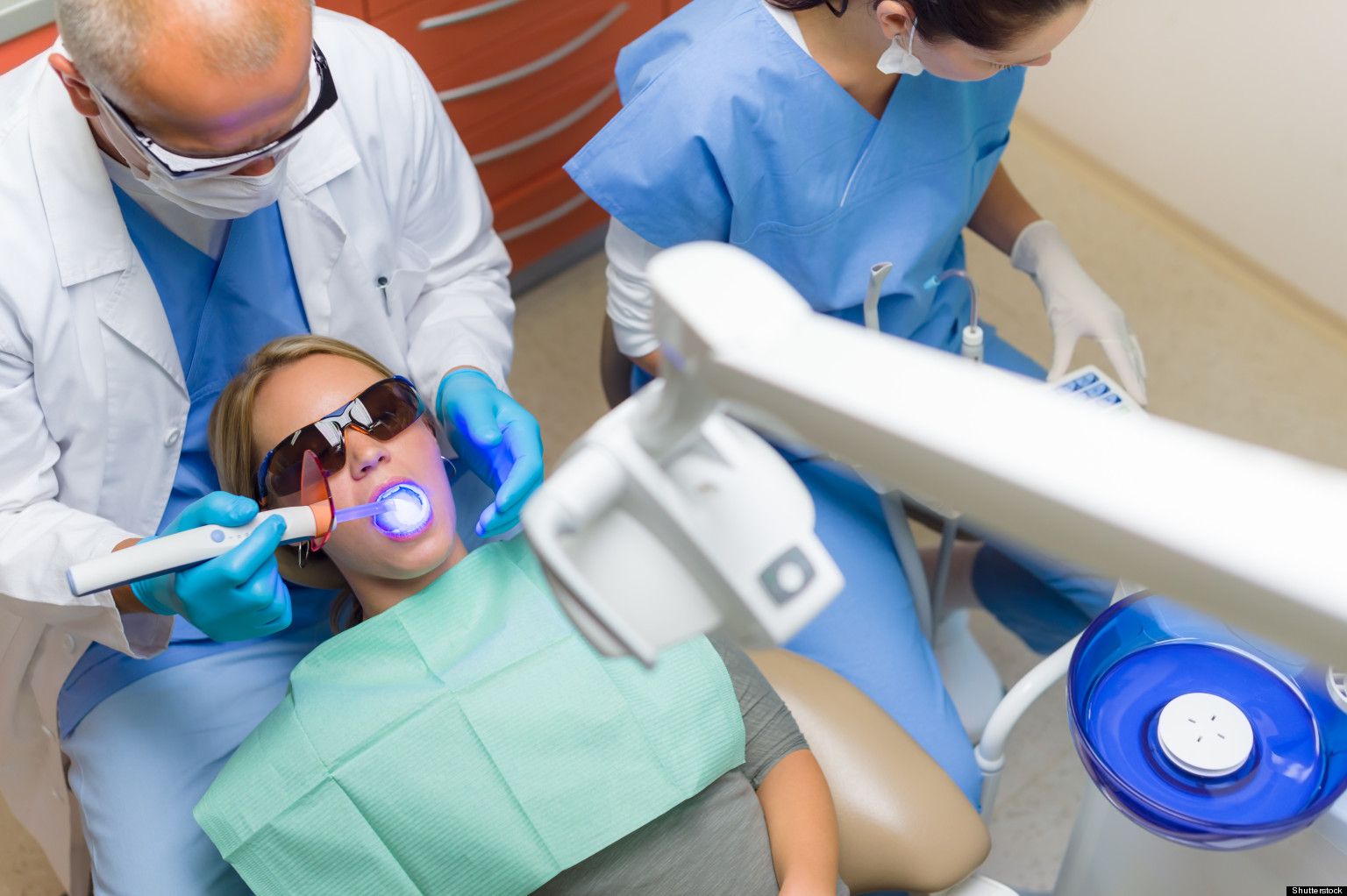Visiting an orthodontist for the first time can feel a bit overwhelming, especially if you’re unsure about what to expect. Whether you’re seeking treatment for yourself or your child, understanding the process can make the experience more comfortable and stress-free. In this blog, we will walk you through what typically happens during your first visit to an orthodontist, what to bring, and how to prepare, so you can go into your appointment feeling confident.
1. Initial Consultation: Meeting the Orthodontist
Your first visit to an orthodontist is primarily a consultation. This is the time for you to meet the orthodontist and share your concerns, as well as for them to assess your oral health. During this visit, the orthodontist will take a close look at your teeth, bite, and jaw alignment to determine whether orthodontic treatment is necessary.
NOTE: If you’re ready to improve your smile and overall dental health, schedule a consultation with an orthodontist in Kalyan Nagar today. Whether you need braces, clear aligners, or other orthodontic treatments, our expert team is here to help guide you through the process. Book your appointment now and begin your journey to a better smile!
The orthodontist will ask questions about your dental history, including whether you’ve had any prior dental work, if you have any existing problems, and what your goals are for your smile. If you have concerns about how your teeth look or function, make sure to share them with the orthodontist.
Key Points:
- You will meet the orthodontist and discuss your concerns.
- The orthodontist will evaluate your dental health and listen to your goals.
- Be prepared to share your dental history and any issues you may have.
2. X-Rays and Imaging
After the initial consultation, the orthodontist may recommend taking X-rays or other imaging to get a clearer picture of your teeth, jaw, and bone structure. These images help the orthodontist see what’s happening beneath the surface and determine the best course of action for treatment.
In some cases, they may take digital scans of your mouth or photographs to assess your teeth and bite more accurately. These scans and X-rays are typically painless and help the orthodontist create a treatment plan that’s personalized to your needs.
Key Points:
- Expect X-rays or scans to be taken to get a detailed view of your teeth and jaw.
- These images help the orthodontist create a customized treatment plan.
- X-rays are generally painless and quick.

3. Comprehensive Examination
During your first visit, the orthodontist will thoroughly examine your mouth and teeth. They will check for any misalignment, gaps, crooked teeth, bite issues, or jaw problems. This is an important part of the process, as it helps the orthodontist identify the root causes of any dental concerns you may have.
The orthodontist will also look for signs of gum disease, cavities, or other dental issues that might need to be addressed before beginning orthodontic treatment. If any issues are detected, they may suggest seeing your regular dentist first to resolve them before starting any orthodontic care.
Key Points:
- The orthodontist will perform a thorough examination of your teeth and mouth.
- They’ll check for alignment issues, bite problems, and overall dental health.
- If necessary, the orthodontist may refer you to your general dentist for any other dental issues.
4. Treatment Options and Recommendations
After reviewing your X-rays, scans, and examination results, the orthodontist will discuss your treatment options. There are various types of orthodontic treatments, and the orthodontist will explain which one would work best for you based on your specific needs and goals.
- Braces: Traditional metal braces are commonly used to correct alignment and bite issues. The orthodontist will explain the process, the time required for treatment, and the care needed while wearing braces.
- Invisalign: If you prefer a more discreet treatment option, the orthodontist may recommend clear aligners like Invisalign. These are removable trays that gradually shift your teeth into place.
- Other Appliances: In some cases, the orthodontist may suggest other devices, such as expanders or retainers, to help with specific dental problems.
They will also explain how long the treatment might take and what you can expect throughout the process. Make sure to ask any questions you may have regarding the treatment, the timeline, or the cost.
Key Points:
- The orthodontist will recommend the best treatment option for your needs.
- Options include braces, clear aligners, or other devices.
- You’ll learn about the duration and care needed for your treatment.
5. Treatment Timeline and Costs
The orthodontist will also provide you with a general idea of how long your treatment will take and how often you will need to come in for follow-up appointments. Braces and aligners typically require adjustments every 4-6 weeks to ensure progress is being made.
Additionally, the orthodontist will discuss the cost of treatment. They will go over any payment plans or insurance options available to help make the treatment more affordable. Some orthodontists offer financing plans to break down the cost into manageable monthly payments.
Key Points:
- You’ll learn about the expected duration of your treatment.
- Follow-up visits and adjustments will be scheduled.
- The orthodontist will provide cost information and discuss payment options.
6. Next Steps: Scheduling Your Treatment
Once you have discussed your treatment options and the costs, you’ll decide when to begin your orthodontic treatment. If you choose to go ahead with the recommended treatment, the orthodontist will schedule your next appointment to begin the process, whether that’s placing braces, taking impressions for clear aligners, or another procedure.
In some cases, you may need to wait a few weeks before starting treatment to allow time for preparation. For example, if you need dental work such as fillings or cleanings before getting braces, the orthodontist will help coordinate those steps.
Key Points:
- Once you decide to move forward, your next appointment will be scheduled.
- The process might include a waiting period for preparation, such as fillings.
- You will receive guidance on the steps leading to treatment.
7. Important Tips for Your First Visit
To make your first visit to the orthodontist as smooth as possible, here are a few tips:
- Bring your dental records: If you’ve had dental treatments in the past, bring any relevant records or X-rays from your general dentist.
- Ask questions: Don’t hesitate to ask the orthodontist about anything you don’t understand. It’s important that you’re comfortable with the treatment plan.
- Plan for a longer visit: Your first appointment may take longer than a regular dental visit, as the orthodontist will need time to thoroughly examine your teeth and discuss your options.
- Prepare your child: If your child is visiting the orthodontist for the first time, it may be helpful to talk to them about the process so they know what to expect.
Key Points:
- Bring any relevant dental records or past X-rays to the appointment.
- Ask any questions you have about the treatment plan.
- Be prepared for a longer appointment time, especially for children.
Conclusion
Your first visit to an orthodontist is an important step toward improving your smile and overall oral health. By understanding what to expect, you can make the experience easier and more comfortable. From the initial consultation to learning about your treatment options, the orthodontist will guide you through the process and help you achieve the smile you’ve always wanted. If you’re in need of an orthodontist in Kalyan Nagar, don’t hesitate to schedule your consultation and take the first step toward a healthier, more confident smile.
For more insightful articles related to this topic, feel free to visit centralservices.
 The Random Collective Where Curiosity Meets Creativity
The Random Collective Where Curiosity Meets Creativity





